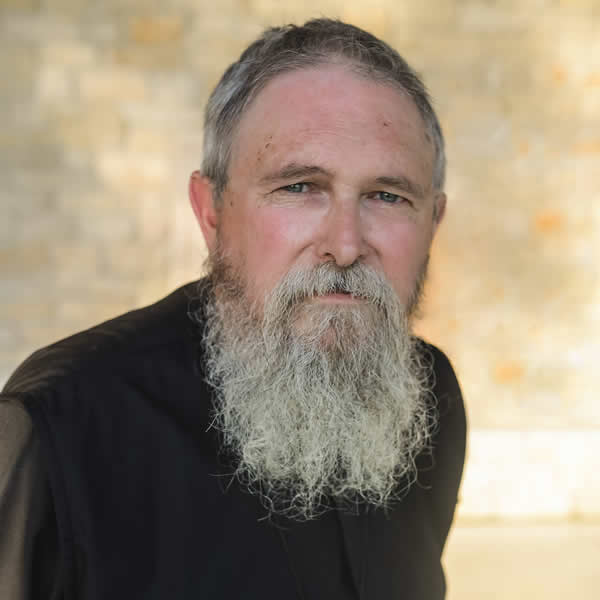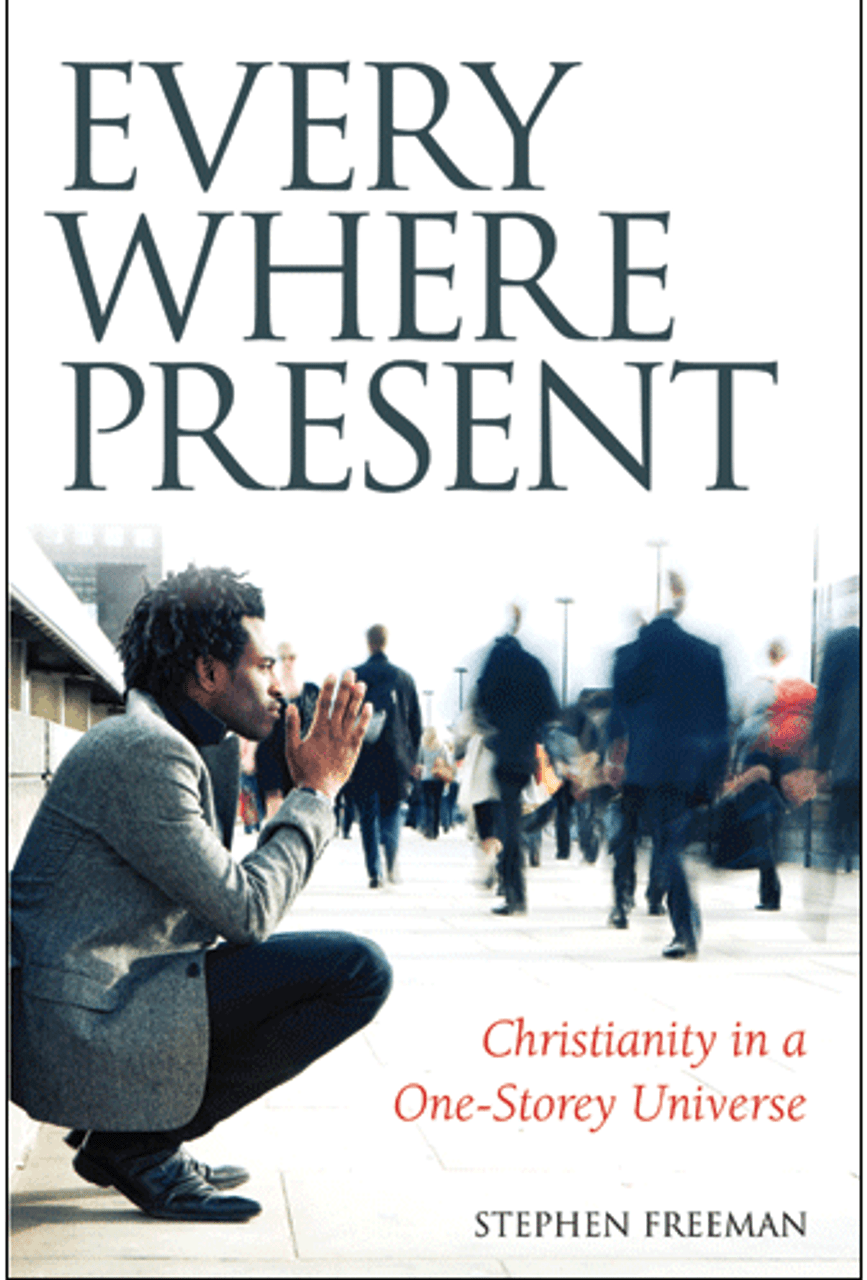
In my morning mirror, my father’s face stares back at me. As a child, people would say, “You look like your father.” I couldn’t see it, except that my ears were shaped like his. I had no idea that the ears whispered my destiny.
The notion that there is something within us that sets the pattern of our life, and particularly its end, is nothing new. In Orthodoxy, we describe this as the “telos,” (Greek:End). Everything in existence has a purpose, an end for which it was created and for which it exists. It is not possible to know or understand anything without some sense of its end. In medieval scholastic theology, this is described as the “final cause,” something working within us (causing), moving us towards a particular purpose and end. Modernity rejected this notion. Hans Boersma, a conservative Anglican theologian, writes:
Modernity has been loath to accept the idea that the telos of a thing is inherent in its nature. Francis Bacon, in his Novum Organum (1620), was particularly disdainful of final causality. In defense of experimental science, he insisted that we ought to begin with the objects as we have them in front of us and as we access them with the senses. He rejected out of hand, therefore, the notion that ends belong to the nature of things. Boersma, Hans. Seeing God: The Beatific Vision in Christian Tradition (p. 20).
There is a natural pattern of the telos in our genetic reality. DNA is an example of a natural telos, a patterning within us that moves us towards a particular end. A human being, from the moment of its conception, has within it the shape and biological direction of its future. Environment will have its effects, and our choices will set certain directions, but our choices cannot make us other than what our genetic telos has set in motion. We may fight it, deny it, attempt to rewrite our narrative, but there remains a “givenness” to our existence.
This, of course, is simply the “natural” example of the telos. Spiritually, it mirrors the Church’s understanding of a deeper, far more profound telos. The Scripture refers to Christ as the Second Adam, the Alpha and Omega. In Christ, we have revealed before us the telos for which we are created. Indeed, the universe itself, in this understanding, has a Christ shape. We may say (as I often have) that Christ’s Pascha is written in the heart of all things. It reveals the purpose of all things.
When St. Paul says of himself, “I am crucified with Christ” (Gal. 2:20), he is not referring just to the difficult circumstances of his life. He is describing a pattern which is revealed in each of us. We (each of us) have a cruciform telos, it is written in our spiritual DNA. St. John describes Christ as the Logos of God, noting that all things “were made through Him.” To even postulate that there is a Logos is to assert that there is a pattern to all things of which He is the telos. There is a meaning in all things that is Christ-shaped. The practice of natural contemplation (theoria physike) that is recommended in the Fathers, is the continual search for the pattern of Christ in all things.
Of course, our lives are also shaped by circumstances and decisions. Frequently, what we describe as our “life” is the narrative created by those circumstances. Such considerations bolster the notion that we ourselves are the captains of our own ship. “My life is mine” – we imagine. This conforms well to the myths of modernity. In a world dependent on extreme consumerism, it is important to nurture a sense that every purchase, every choice, every decision, is shaping our happiness and creating our destiny. A spiritual discipline that perceives our life to be a gift – a gift shaped by a God-given telos – is bad for sales. People might become too comfortable with what they already have.
The Christian life is often described as a transformation into the image of Christ.
But we all, with unveiled face, beholding as in a mirror the glory of the Lord, are being transformed into the same image from glory to glory, just as by the Spirit of the Lord. (2Cor. 3:18)
This is not a transformation into what we are not. Rather, it is a transformation into what we have always been intended to be. We are being transformed into the image according to which we were created. It is the image of the Lamb Slain before the foundation of the world. We, and the world around us, has been, is now, and always shall be cruciform in accordance with the Logos through Whom it was made. Occasionally, we see glimpses of that glory in a mirror.






Leave a Reply